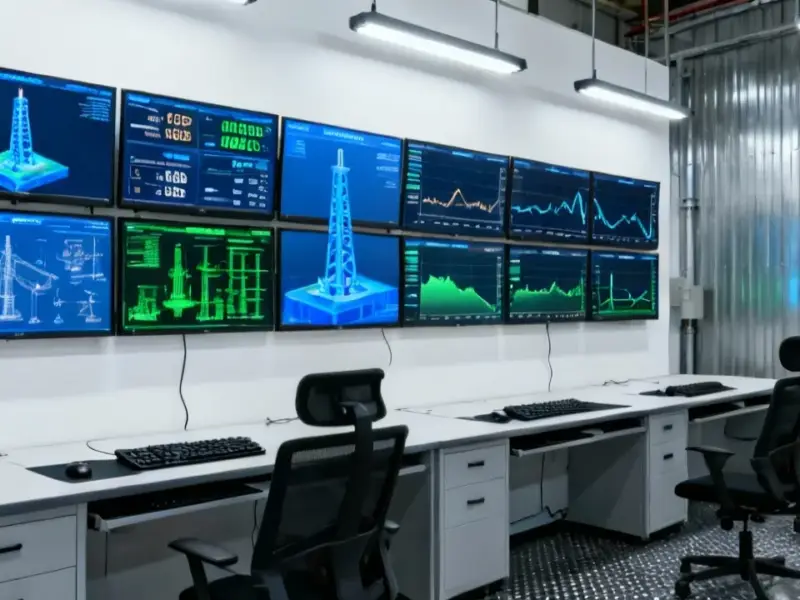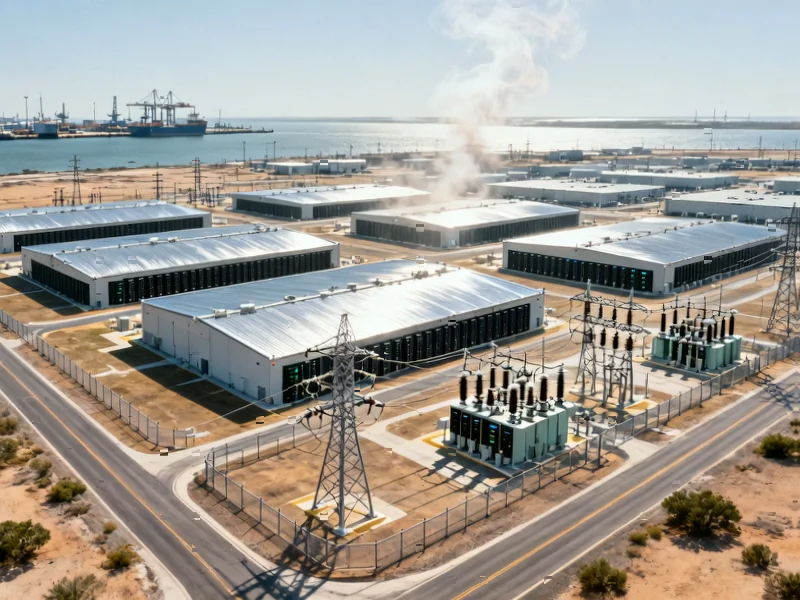According to TechCrunch, Sam Altman-backed Exowatt has raised an additional $50 million in an extension to its $70 million Series A round that closed in April. The company, led by CEO Hannan Happi, is building modular thermal energy storage systems that use concentrated solar power to heat special bricks inside shipping container-sized units. Exowatt currently has a backlog of about 10 million P3 units representing 90 gigawatt-hours of capacity, with the goal of scaling to billions of units. The company claims it can achieve its target of one cent per kilowatt-hour when production hits around 1 million units annually. The funding round was led by MVP Ventures and 8090 Industries with participation from numerous other investors including previous backers Andreessen Horowitz and Sam Altman.
The rocks in a box approach
So here’s how this actually works. Each P3 unit is basically a metal box with lenses on top that focus sunlight into a tight beam. That beam heats up a special brick inside, and then a fan blows air over the brick to carry the heat to a Stirling engine that converts it to electricity. The thermal batteries can retain heat for up to five days, which means they can theoretically provide power around the clock. And Exowatt can string multiple units together depending on how much electricity a customer needs.
Now, here’s the thing – this isn’t actually new technology. Concentrated solar power has been around for decades, and most projects have failed to compete with the dramatic cost reductions we’ve seen in photovoltaic solar panels and lithium-ion batteries. Happi argues that Exowatt’s modular approach and focus on manufacturing scale is what sets them apart. He points out that while we produce 1.5 billion solar panels per year globally, there are only about 100 concentrated solar projects worldwide. That manufacturing learning curve makes a huge difference.
Why this might not work everywhere
There are some pretty significant limitations though. These systems work best in sunny regions, which immediately restricts where they can be deployed effectively. And powering something as energy-hungry as an AI data center would require massive amounts of land covered in these shipping container-sized units. We’re talking about potentially thousands of acres depending on the scale.
Plus, let’s be real – we’ve seen similar thermal storage concepts come and go over the years. The fundamental challenge has always been competing with the relentless cost declines in solar panels and batteries. When you’re dealing with industrial-scale energy solutions, every component matters – from the thermal storage materials to the power conversion systems. Companies that specialize in industrial panel PCs understand this manufacturing challenge well, since they’re constantly balancing performance with cost efficiency for demanding industrial environments.
The AI power crunch context
What makes this particularly interesting right now is the timing. AI data centers are consuming absolutely staggering amounts of power, and the grid in many regions simply can’t keep up. We’re seeing tech companies getting creative about where they build data centers and how they power them. If Exowatt can actually deliver 24/7 power at one cent per kWh, that would be revolutionary.
But that’s a massive “if.” Happi says there’s “high overlap” between where their technology works best and where new data centers are being built. Still, I’m skeptical about whether they can achieve the manufacturing scale needed to hit their cost targets. Building millions of these units annually is a completely different ballgame from prototyping and small-scale production. The question isn’t whether the technology works in principle – it’s whether they can manufacture it cheaply enough to matter.




